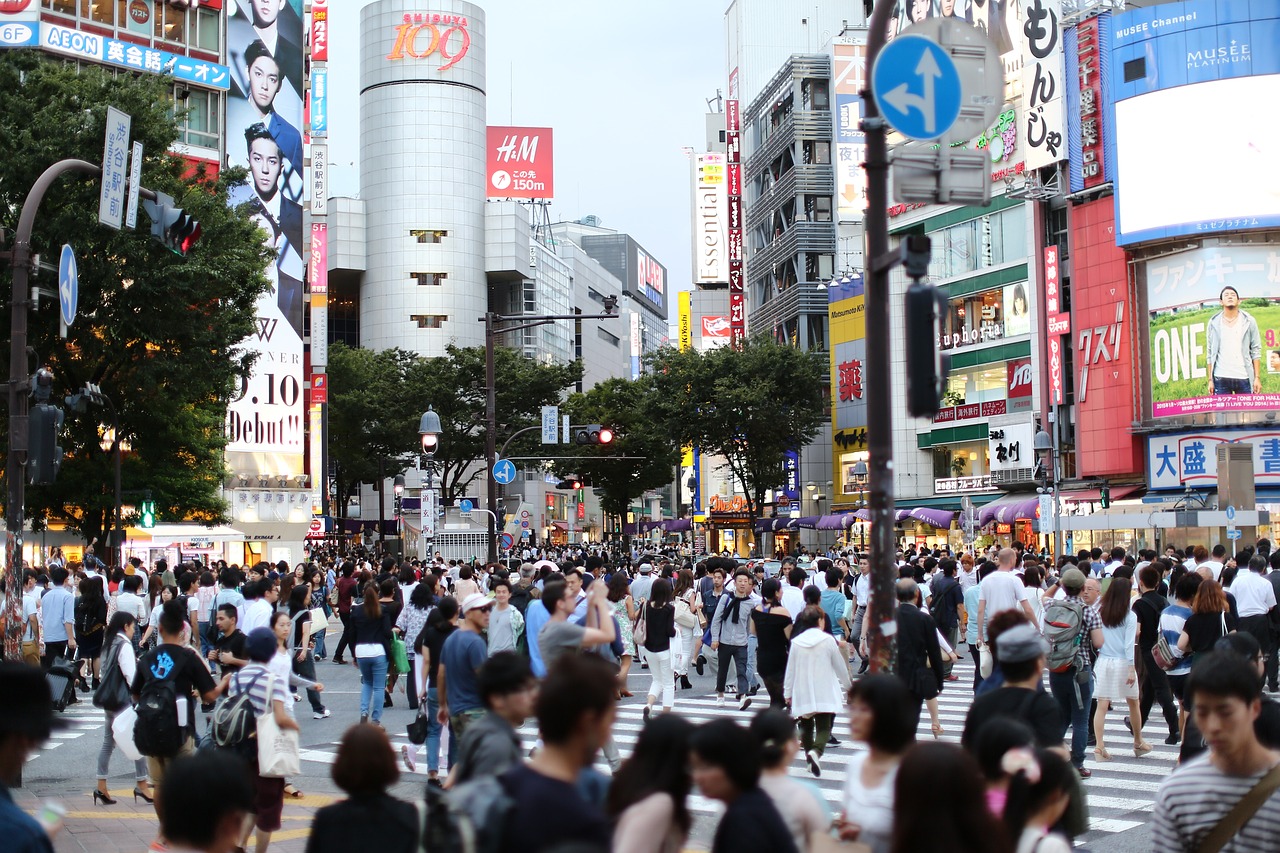
Vocabulary:
- alert /uh-LURT/
- fatality /noun/
- output /OUT-poot/
- restart /ree-START/
- utility /yoo-TIL-i-tee/
[noun] – warnings or notifications about a particular situation or danger
Weather alerts were issued for the approaching hurricane.
[fey-TAL-i-tee] – deaths resulting from a particular event, situation, or condition
The accident resulted in several fatalities and prompted a review of safety procedures.
[noun] – the amount of something produced by a person, machine, or industry
The factory’s output of smartphones increased significantly after upgrading its assembly line.
[verb] – to start again or resume operation after stopping
The computer system was restarted to apply the latest software updates.
[noun] – an organization that maintains infrastructure such as electricity, water, or gas supply
The local utility ensures reliable water and electricity services for the community.
Article reading:
Due to high demand, JERA, Japan’s largest power provider, increased output at some plants and restarted others in maintenance. Tokyo’s main electricity supplier, TEPCO, had to buy power from another utility to manage the anticipated demand spike. Trade Minister Ken Saito assured that the government is closely monitoring the situation and will ensure a stable electricity supply with the necessary actions. The agriculture ministry reports that higher temperatures are affecting crop quality, particularly rice, and reducing fish catches, including salmon. The farming and fishing sectors are bracing for the challenges posed by the ongoing heatwave, which could have a significant impact. Japan’s severe heatwave has led to health emergencies, power supply challenges, and impacts on agriculture and fishing. Authorities are taking measures to protect people and ensure stable electricity supply amidst the extreme conditions.
Discussion Questions:
- Have you ever experienced extreme heat that made you feel uncomfortable? If so, how did you cope with it? If not, how do you think you would handle such conditions?
- Have you heard of or visited a cooling shelter like those described in the article? If so, what was your experience? If not, what measures do you think could be helpful during a heatwave?
- Do you agree that governments should invest more in infrastructure, like cooling shelters, to protect people during heatwaves?
- How important do you think it is for governments to issue alerts and warnings about weather-related risks such as heatwaves?
- How can individuals contribute to reducing the impact of heatwaves on their communities, beyond using cooling shelters?
Summarization
Describe:
- resident
- farming
- fishing
- life-threatening
- physical activity